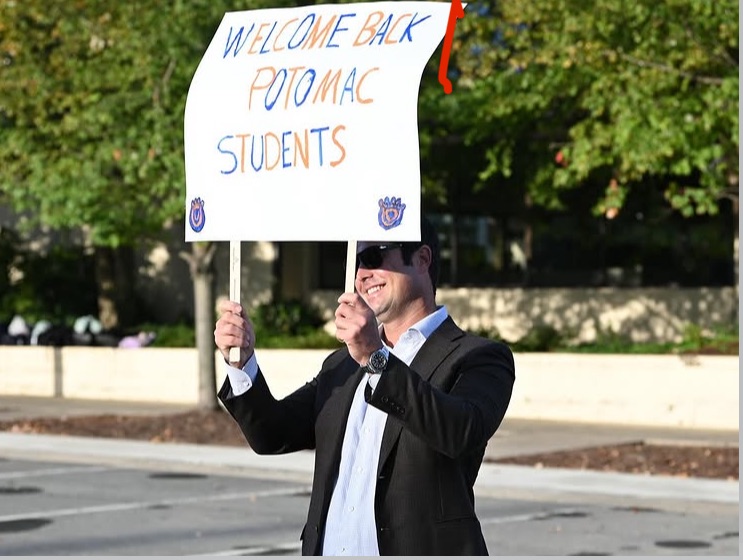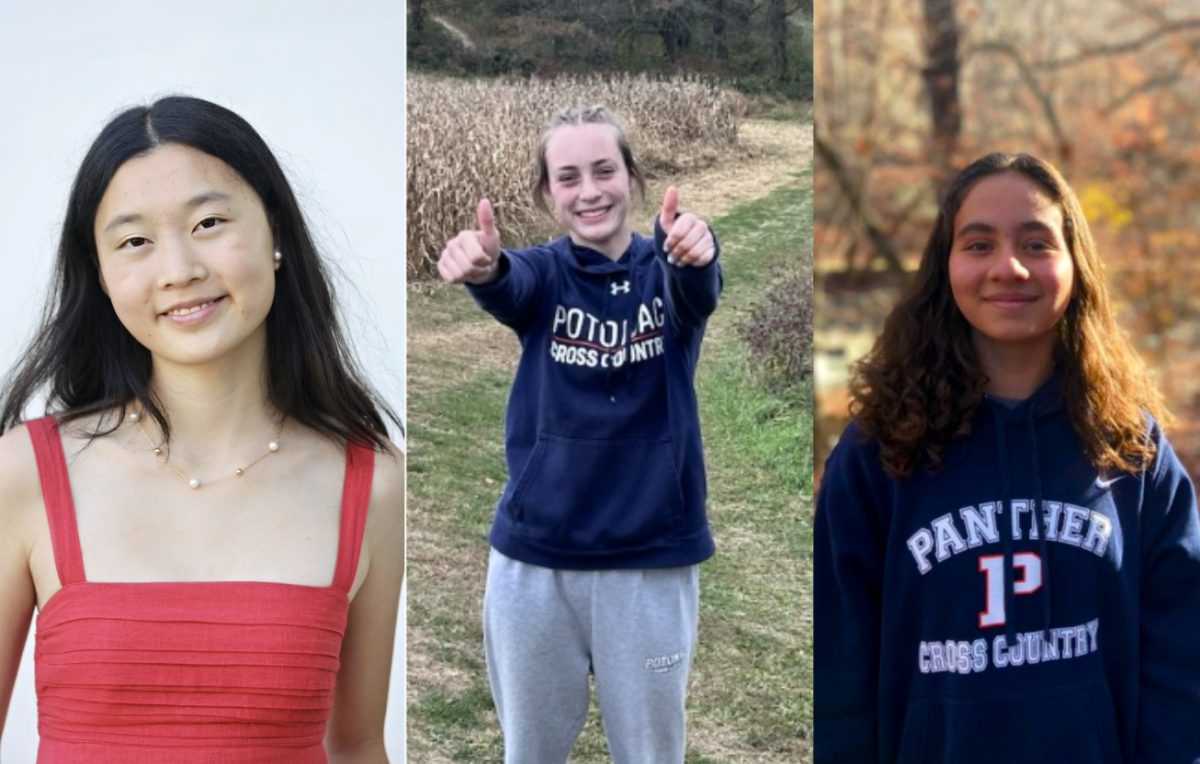Hafsa’s interview with Ms. Wills took place on November 16, 2024
Hafsa: How has the move to the CCERJ been, and how does it affect your work as a DEI coordinator?
Ms. Wills: So it’s been great. I think at first we didn’t want to come in here and have takeover energy, where it’s like we’re in here now and people are feeling like they can’t come in. And I feel like because the space was so undefined for so long, it took a little while for people to feel comfortable, but every block that I come in here and work, I see a different group of students working, students who look all different kinds of ways. In terms of how it affects my DEI work, I feel like I’m just having more conversations with students who are outside of my classes, whereas the previous two years, it was really hard to connect with students because I was in the classroom or in the science department office. So now I just feel like not only with students but also with my colleagues, everyone knows where to find me, so if there are ideas or people just want to stop by and chat, I just get to speak with people more often.
Hafsa: So you mentioned how the CCERJ’s purpose was sort of undefined for students. So to clarify, what is the CCERJ and what is the purpose of it?
Ms. Wills: Well, you know, it’s the Center for Community Equity and Racial Justice. I believe its mission was sort of defined before I even arrived here, but a student felt like we should have a dedicated space for these causes. And what we hope to CCERJ will be is one, a communal space where everyone feels comfortable to come, because we know that we have the larger spaces like the Crossroads, but sometimes not everybody feels like they’re included in those larger spaces, so we hope that this is an alternative space where everyone can feel included. And two, we hope that this is the center for all of the equity work that we hope to do in the Upper School. I think it was really difficult for people to know, all right, I have an idea but where do I find Ms. Wills or now that we have Ms. Bailey, so now they get to see that representation here, and they know where to find us. In terms of the mission of the space, we hope that it can be not just a communal space, but specifically a space for affinity and alliance groups as well. You may have heard that the Jewish Student Alliance, they had an event earlier in the school year, and we were able to help them fund some of the materials that they needed so we hope to do more work like that where we’ll have CCERJ sponsored events that are centered around equity practices.
Hafsa: As for student use of the CCERJ, what are some other ways that students can use the CCERJ to meet the goals that you have mentioned?
Ms. Wills: We hope that you can have small meetings in here. I know that the leader for Empowering Women of Color wanted to come in here and have a conversation about how girls of color felt around homecoming time. We hope people can reserve the space to have small conversations. Obviously, it’s not a large space, but for whatever small groups exist and they feel like they just want to be in here, we hope it can be that way. But we hope that the ideas that are created here, we can spread out into the community. So I think just coming here, asking your DEI coordinators for help, or using the space for special events for students.
Hafsa: So you mentioned that smaller groups have been using it more effectively. What do you think about the ways that students, like the general population, who aren’t really associated with affinity groups, how do you think that they’ve been using the search and do you believe that they have been on target and using it effectively?
Ms. Wills: I think that them being in here, they sort of get exposed to people in ideas that they normally would not. I see, like I said, all kinds of students here, and just like the organic conversations that come about, I don’t know if the conversations we’re having in the CCERJ are happening in the larger community. So I think anyone who comes in here, they sort of have the benefit of thinking about equity practices in a way that they normally wouldn’t.
Hafsa; So what has the CCERJ achieved so far, and what are some aspirations and plans that you guys have to come?
Ms. Wills: So far, like I mentioned, we sponsored the Jewish Student Alliance event, we’ve brought together affinity and alliance group leaders and a group called Coalition of Affinity and Alliance Group Leaders, affectionately acronym CAAGL. And we hope with that group, it can be a serious student body just like you have on SAC and Student Government. We hope that they can be a body as well. That can be part of the conversation, part of special events like the other groups. They have ideas and we want to support those ideas. I think many times when students are meeting in affinity groups, it should be about the way that they identify, but we hope to really strengthen the alliance portion of that. So what are ways that affinity groups can collaborate with one another? We hope to have more crossover IS and Upper School events. So I know you participated. The first one was just EWOC. The second one was all of the affinity groups. We hope to do that more frequently this school year than we have before.
Hafsa: What is something that you wish everyone would know about the CCERJ?
Ms. Wills: Ooh! That’s a question. I think when people think about community, equity, racial justice, affinity and alliances groups that they feel it only applies to a certain group of people, but really, it applies to everyone. We’re all in community. We all benefit from equity, getting the things that we need, right, and everybody has different needs. I love that Miss Bailey and I are here. Because we look different. We have different identities, but we’re working toward a common cause. I hope to see more of that and the larger community — this can be a microcosm of what Potomac could potentially be.
Hafsa: Thank you very much!





